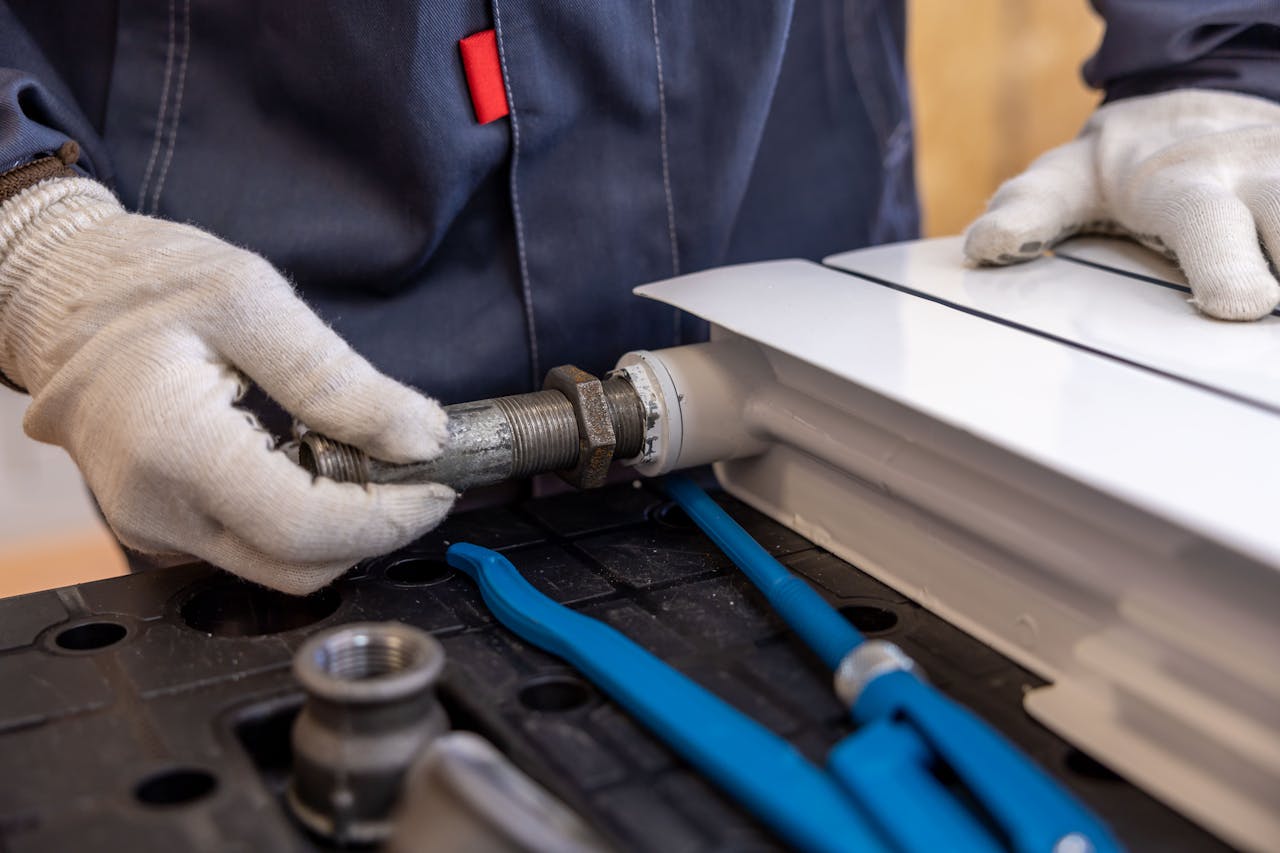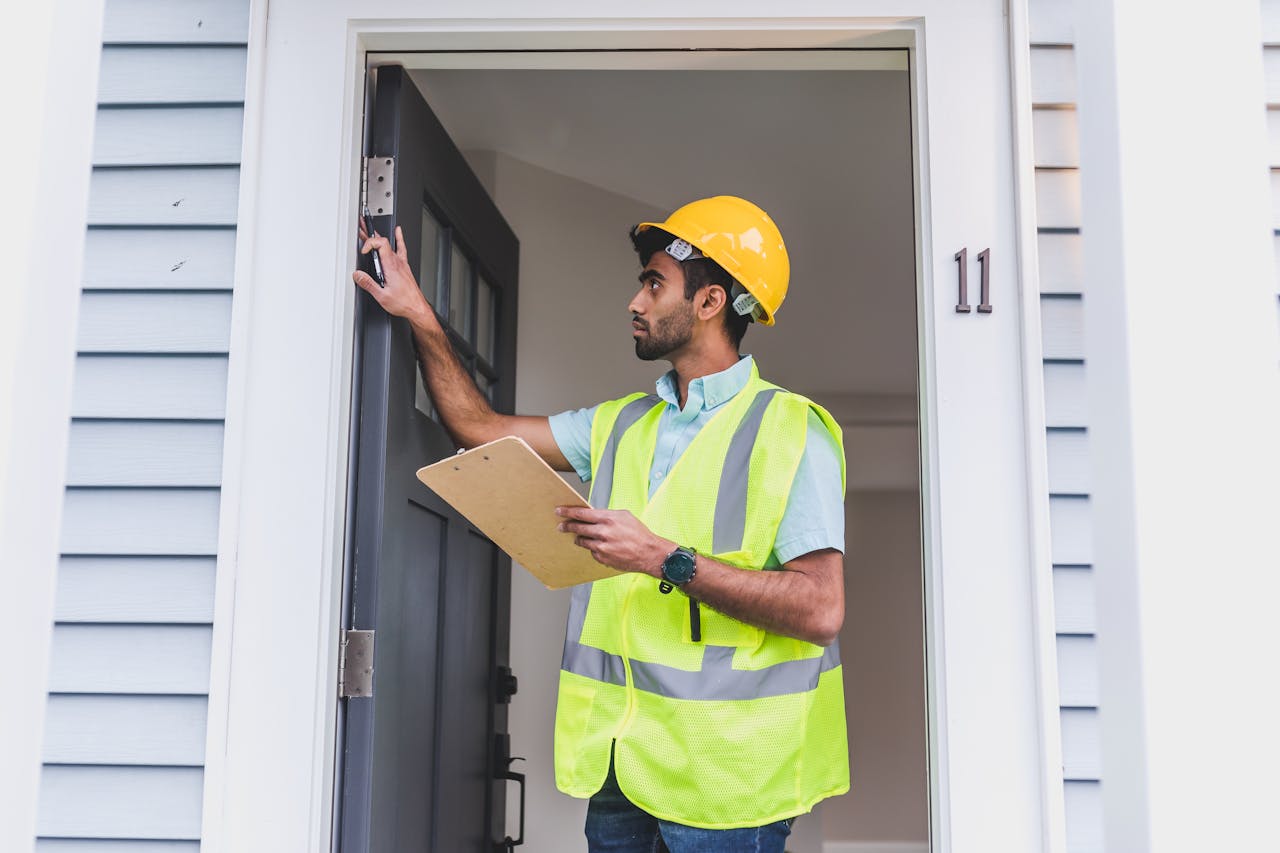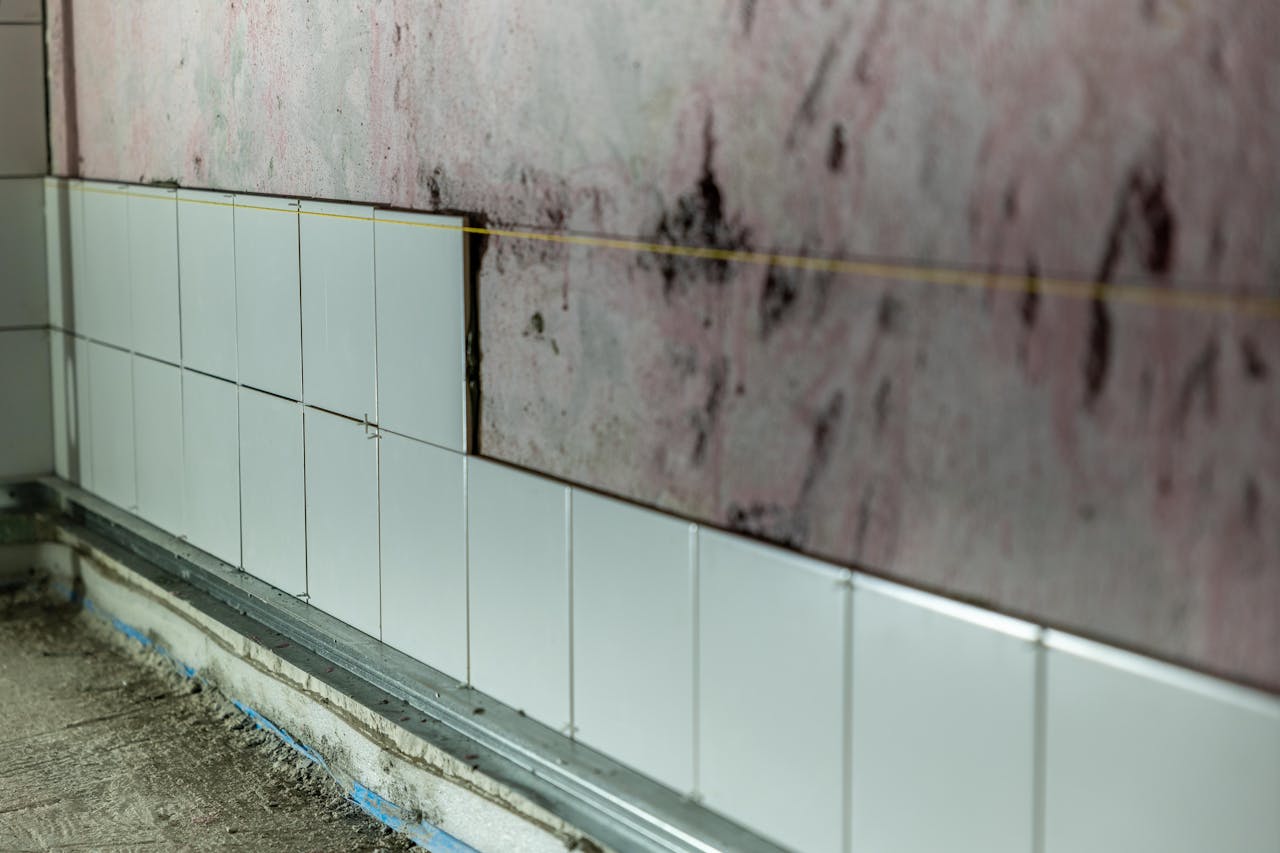by Flinn Inspections
Share
by Flinn Inspections
Share

Buying a home is exciting—but let’s be honest—it can also be overwhelming. One of the most misunderstood parts of the process is the home inspection. You might wonder, “Can a home fail an inspection?” It’s a fair question, especially if you’re buying in Ohio. Here’s the real deal: a home doesn’t “pass” or “fail” an inspection. Let’s clear up the confusion.
Debunking the Myth: Do Homes Really Fail Inspections?
What “Failing” Means to Buyers vs. Inspectors
To a buyer, a list full of issues might feel like a giant red “F” on the report. But to an inspector? It’s just documenting the facts. There is no grade, no thumbs-up or thumbs-down.
Why the Language Around Inspections Matters
Saying a home “failed” can spook buyers and tick off sellers. In reality, a home inspection is a tool—not a judgment. It gives you the knowledge to make smart decisions, not reasons to panic.
What Does a Home Inspector Actually Do?
Following InterNACHI Home Inspection Standards
Professional home inspectors in Ohio follow the InterNACHI Standards of Practice, ensuring your inspection is detailed, ethical, and consistent.
The Visual and Non-Invasive Nature of Inspections
Home inspections are non-invasive—meaning no tearing into drywall or lifting floors. Inspectors work with what they can see and access safely.
Roofs, HVACs, and Plumbing—Oh My!
Your inspector checks the roof’s condition, attic ventilation, and the HVAC unit’s age and function.
Electrical Systems, Foundations, and More
Expect evaluations of outlets, the main electrical panel, visible foundation cracks, basement moisture, and more.
What’s Included in Home Inspection?
Major Systems Evaluated
- Roof and attic
- HVAC (Heating/Cooling)
- Plumbing and electrical systems
- Foundation and crawlspaces
- Windows, doors, floors, and walls
Photos and Written Summaries
Inspectors provide photos of concerning issues and summarize them in a digital home inspection report—usually delivered within 24 hours.
Identifying Safety Hazards and Lifespan Issues
From tripping hazards to aging water heaters, inspectors identify what’s dangerous and what’s nearing the end of its lifespan.
What’s NOT Included in a Home Inspection?
No Tearing Down Walls
If an issue is hidden behind drywall, your inspector won’t find it. It’s not demolition—just documentation.
No Furniture Moving or Personal Belongings
Inspectors won’t shift dressers, rugs, or boxes. If a water stain’s hidden under a couch, it may go unnoticed.
No Future Predictions or Repair Quotes
They won’t tell you how long your furnace will last or what it’ll cost to replace the roof. You’ll need contractors for that.
Home Inspection Report Red Flags
Structural Damage or Foundation Cracks
Visible foundation movement? That’s worth a second opinion from a structural engineer.
Old or Faulty Electrical Panels
Outdated fuse boxes or missing GFCIs in wet areas? Definitely something to discuss.
Active Leaks or Roof Damage
Water spots, missing shingles, or active drips from pipes = a big red flag.
Mold, Radon, or Pest Signs
Some inspectors offer additional testing for radon, mold or pests.
The Role of InterNACHI Home Inspection Standards
Ensuring Consistency Across Ohio
InterNACHI (International Association of Certified Home Inspectors) provides a consistent framework so every home in Ohio is inspected thoroughly and fairly.
Inspector Ethics and Professionalism
Certified inspectors are trained to stay objective, factual, and unbiased—exactly what you want during a major purchase.
Ohio Home Inspection Limitations
Legal and Practical Boundaries
State law limits inspectors from diagnosing every issue. They can suggest further evaluation but aren’t licensed contractors.
Buyer Misconceptions About Scope
Some buyers expect the inspector to find everything. That’s unrealistic. It’s a snapshot, not a deep dive.
How to Use a Home Inspection Report Wisely
Prioritize Safety First
Structural issues, electrical safety, gas leaks—these deserve top priority. Cosmetic stuff? Not so much.
Use It for Negotiation Leverage
Use the report to request seller repairs, closing credits, or price reductions if major repairs are needed.
Consider Follow-up Evaluations
If something major is flagged, bring in a specialist—foundation experts, roofers, electricians, etc.
Why You Shouldn’t Panic Over Minor Issues
Normal Wear and Tear Is Expected
Especially with older homes—no house is flawless. Even new builds have quirks.
Every Home Has “Something”
Don’t expect a blank report. Instead, ask: Can I live with this? Or fix it?
How Buyers and Sellers Misinterpret Inspections
Fear-Based Decisions Can Cost You a Good House
Letting minor issues scare you off can mean walking away from an otherwise great investment.
Sellers Getting Defensive—A Common Mistake
Thinking the inspector “failed” your house? Not true. It’s just part of due diligence.
Should You Walk Away From a Home Based on the Report?
When might it be a Deal-Breaker
- Major foundation problems
- Widespread mold or water damage
- Significant roof or sewer issues
When It’s a Fixable Flaw
- Old appliances
- Minor plumbing leaks
- Peeling paint or worn carpeting
Who Should Attend the Home Inspection?
The Value of Being Present as a Buyer
Being there lets you ask questions and understand the home’s condition firsthand.
What Questions to Ask Your Inspector
- “Is this typical for the age of the home?”
- “Should I bring in a specialist for this?”
- “Would you be concerned if this were your home?”
How Flinn Inspection Group Helps Ohio Buyers
Clear, Visual Reports You Can Understand
Our reports are written in plain English—with arrows, circles, and actual explanations you don’t need a PhD to understand.
Ongoing Support Even After the Inspection
Still have questions? We’re here for you—call us or email anytime.
Call 614-662-1000 or book online at flinninspections.com
Wrapping It Up: Think of the Inspection as a Tool, Not a Test
Let’s put it plainly: Your home inspection isn’t a pass/fail grade—it’s a knowledge bomb. Use it to make smart decisions, plan your next steps, and feel confident about your investment.
Frequently Asked Questions (FAQs)
Q1: Can a seller refuse to fix something after the inspection?
Yes. Sellers aren’t obligated to fix everything, but buyers can walk away—or negotiate.
Q2: How long does a typical Ohio home inspection take?
Around 2 to 4 hours, depending on the size and condition of the home.
Q3: Are radon and mold included in a regular inspection?
Nope. They’re optional add-ons, but definitely worth considering in Ohio.
Q4: Should I get an inspection on new construction?
Absolutely. Even brand-new homes can have flaws or shortcuts.
Q5: Is an inspector allowed to give repair estimates?
No—they’re not licensed contractors. For pricing, talk to a professional in that trade.
STAY IN THE LOOP
Subscribe to our free newsletter.
Introduction A home inspection is like a health check-up for a property. It uncovers hidden problems and ensures buyers know exactly what they’re investing in. Among the most critical areas of a home inspection is the heating system. A malfunctioning or outdated system doesn’t just impact comfort—it can increase energy bills, cause safety hazards, and […]
Introduction to Mold Inspection and Testing Mold is one of those household problems that many homeowners underestimate until it gets out of control. In 2025, mold growth has become even more of a concern thanks to rising humidity levels, tighter home constructions that trap moisture, and increased awareness about indoor air quality. Ignoring mold can […]
Introduction Mold in your home isn’t just unsightly, it can be a silent health hazard. Many homeowners think of mold as a cosmetic or property issue, but its impact goes far beyond that. Removing mold not only makes your home safer but also improves your overall well-being in ways you may not expect. Let’s dive […]
Introduction Thinking about buying a home in Central Ohio? You’re probably scheduling a standard home inspection—and that’s a smart move. But here’s the thing: your basic inspection might not catch some of the biggest (and most expensive) problems lurking underground or in the air. That’s where add-on inspections come in, like radon testing, termite inspections, and […]






